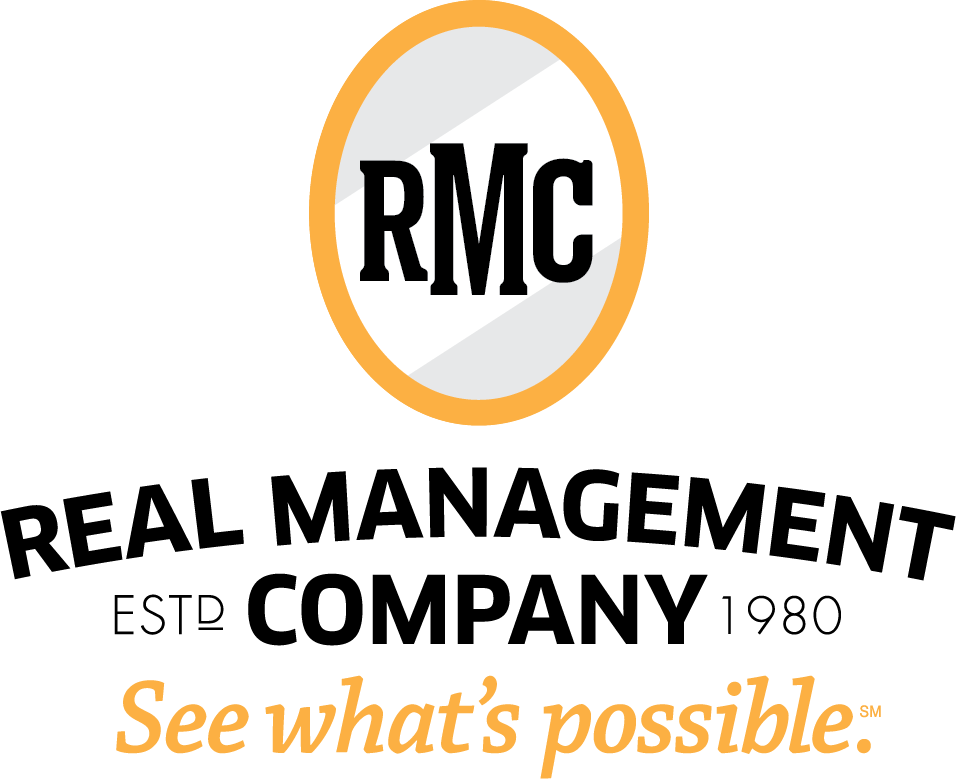All About Accessory Dwelling Units
Thanks for joining me today. On today’s show we’re going to discuss accessory dwelling units and illegal units. We’ll talk about the issues surrounding both kinds of “extra units” and how property owners, tenants, and politicians are approaching them.
Announcement: Next “Smart Apartment Advisor Hour” on the Brian Copeland Show on KGO 810AM is June 15, 2017 at 3PM.
Go online for copies of my book. Click here to buy it on Amazon
Trivia Question: What is the smallest unit you can build in SF and still be considered a “legal” unit
The difference: accessory dwelling units are additional apartment units that can be constructed within the existing envelope of a building. Illegal units are additional apartment units that have already been built without the necessary permits within the existing envelope of a building. Basically, the main difference is whether they’ve been built without permits and the process of making them legal. The implications of this are fascinating.
Adding useful, livable square footage is usually a great idea. Adding more units is typically even better. Think about it: studio apartments might go for up to $2,000 or more in some neighborhoods, but a two-bedroom apartment isn’t necessarily going to rent for twice as much.
For single family homes: a desirable single-family home vs. an undesirable duplex with a crappy second unit.
You can NEVER remove a unit from the housing stock. If you’re considering selling your home you probably want to stop renting your illegal basement in-law apartment and make sure that space can be added to your main living space. You want your single family home to have as much square footage as possible within one unit, not as many apartments as possible!
For multi-unit buildings: great idea. Always good to add more units because doing so increases overall rent. Be careful when you add to four unit buildings. The fifth unit makes the building a commercial building and requires a different kind of loan which cannot be fixed for 30 years. This means you’ll be refinancing every five to ten years to get a new locked rate, which is a bunch of work and means your capital cost is going to go up and down with the interest rates on the market. Converting a four-unit building to a five unit building might cause your lender to cancel your loan and insist on rewriting the terms or refusing to do business with you because commercial loans aren’t their specialty.
Construction-related challenges:
•Providing adequate ingress/egress.
•1-hour burn rating in and out of the unit. Exit through garage is a no-no.
•Separately metering services. Adding PG&E meters can be problematic. Hooking up to the “house meter" is possible but means you’ll always be providing service without being able to bill the tenants back for that service.
•Size: adding micro-units isn’t usually such an amazing idea. It can work if they’re done EXTREMELY carefully, but sometimes it makes more sense to make existing units larger than to add more small units (under 350-400 SF).
•Light/air - if you’re adding space where you don’t have natural light and airflow adding more units can cause problems like mold or general dissatisfaction with the unit and turnover.
Danger of illegal units: the problem with illegal units is just that: they’re ILLEGAL! Renting them is prohibited by law and your tenant could stop paying rent and force you to try to evict them if they want. You can’t enforce your lease because it’s for an illegal purpose (contracts for an illegal purpose are void, by law) and they can turn around and sue you to pay back all rent they ever paid you, plus sue for damages. What’s worse than this is if something bad happens: if there’s a fire or your tenant is injured by something at the property, even if it’s not related to whether the unit is illegal or not, or it’s not even your fault. The tenant will sue for damages and win because you were breaking the law. It’s bad.
Trivia Question: What is the smallest unit you can build in SF and still be considered a “legal” unit? Answer: 220 square feet.
